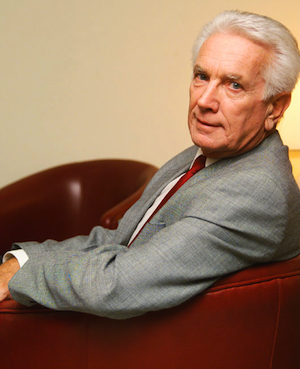 Businesses have been slow to plan for the United States aging population but we need to begin to plan now. Unemployment is high now, but as labor markets tighten, especially in Europe and Japan, companies will soon have little choice but to welcome older employees. Employers should know that by 2050, over one-fifth (1/5) of the US population will be 65 or older. Currently that figure is one-seventh (1/7). Anti-aging technologies such as memory-enhancing drugs to high-tech joint replacements combined with healthy lifestyles have increased our average life span.
Businesses have been slow to plan for the United States aging population but we need to begin to plan now. Unemployment is high now, but as labor markets tighten, especially in Europe and Japan, companies will soon have little choice but to welcome older employees. Employers should know that by 2050, over one-fifth (1/5) of the US population will be 65 or older. Currently that figure is one-seventh (1/7). Anti-aging technologies such as memory-enhancing drugs to high-tech joint replacements combined with healthy lifestyles have increased our average life span.
First, attitudes need to change regarding older workers. Baby Boomers have often been considered as a burden, with Gen Y candidates preferred in recruitment decisions. In the United States knowledge rules, and therefore, the experience of older workers will grow in value. Employer surveys commonly reveal that workers over 60 are seen as more experienced, knowledgeable, reliable, and loyal than younger employees. Older employees who wish to keep working may demand flexible roles and schedules. Companies need to consider allowing more part-time work and telecommuting which will entice older workers to stay working. Allocating demanding physical tasks to younger employees will produce a similar benefit (and potentially reduce health care costs arising from workplace accidents).
Companies need to consider on-going training to help older workers master new skills as businesses change. Moreover, investing in the health of all employees enhances productivity and avoids unnecessary costs as the workforce ages. Lastly, employers need to consider wellness programs in order to encourage and maintain healthier employees at all ages.
